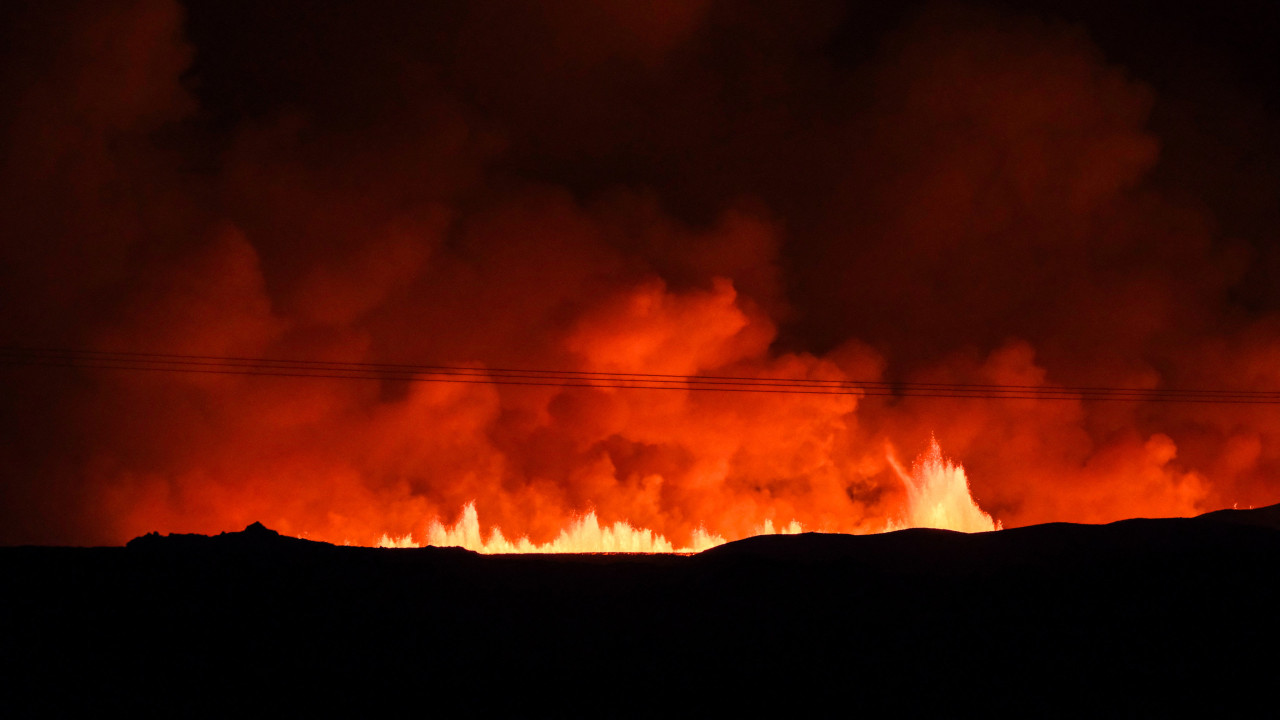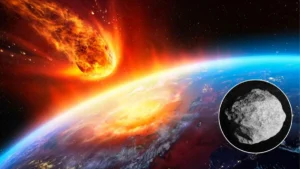
“O The power of the eruption that began around four hours ago appears to be diminishing,” the Icelandic Meteorological Institute (IMO) said on its website.
“The decrease in activity is not an indication of the duration of the eruption, but rather that the eruption is stabilizing,” the institute noted, noting that a similar trend was observed at the start of previous eruptions on the Reykjanes Peninsula.
The Reykjanes peninsula, south of the capital Reykjavik, was spared from eruptions for eight centuries, until March 2021.
Since then, two others have occurred, in August 2022 and July 2023, a sign, for volcanologists, of the resumption of volcanic activity in the region.
On November 11, the inhabitants of Grindavik, a picturesque village of 4,000 inhabitants, were evacuated as a precaution after hundreds of earthquakes caused by the movement of magma under the Earth’s crust, a precursor to a volcanic eruption.
Since then, these Icelanders can only visit their homes at certain times of the day.
A volcanic eruption, the fourth in three years, “began a few kilometers northeast of Grindavík” shortly after 10:30 pm on Monday, the weather service announced in a statement, specifying that the aviation color code had changed to ‘red’.
“At the moment, there are no disruptions to arrivals or departures at Keflavik airport”, assured, in turn, the Icelandic airport operator ISAVIA, through its website.
Thirty-two volcanic systems are considered active in this land of fire and ice, the most volcanic region in Europe.
The most significant eruption happened in 2010, when the Eyjafjallajokull volcano caused huge clouds of ash that for days affected the air and flights across Europe.
Read Also: Volcano in Iceland erupts after weeks of seismic activity
All News. By the Minute.
Seventh consecutive year Consumer Choice for Online Press.
Download our free App.
Source: https://www.noticiasaominuto.com/mundo/2464209/erupcao-vulcanica-na-islandia-pode-estar-a-estabilizar


